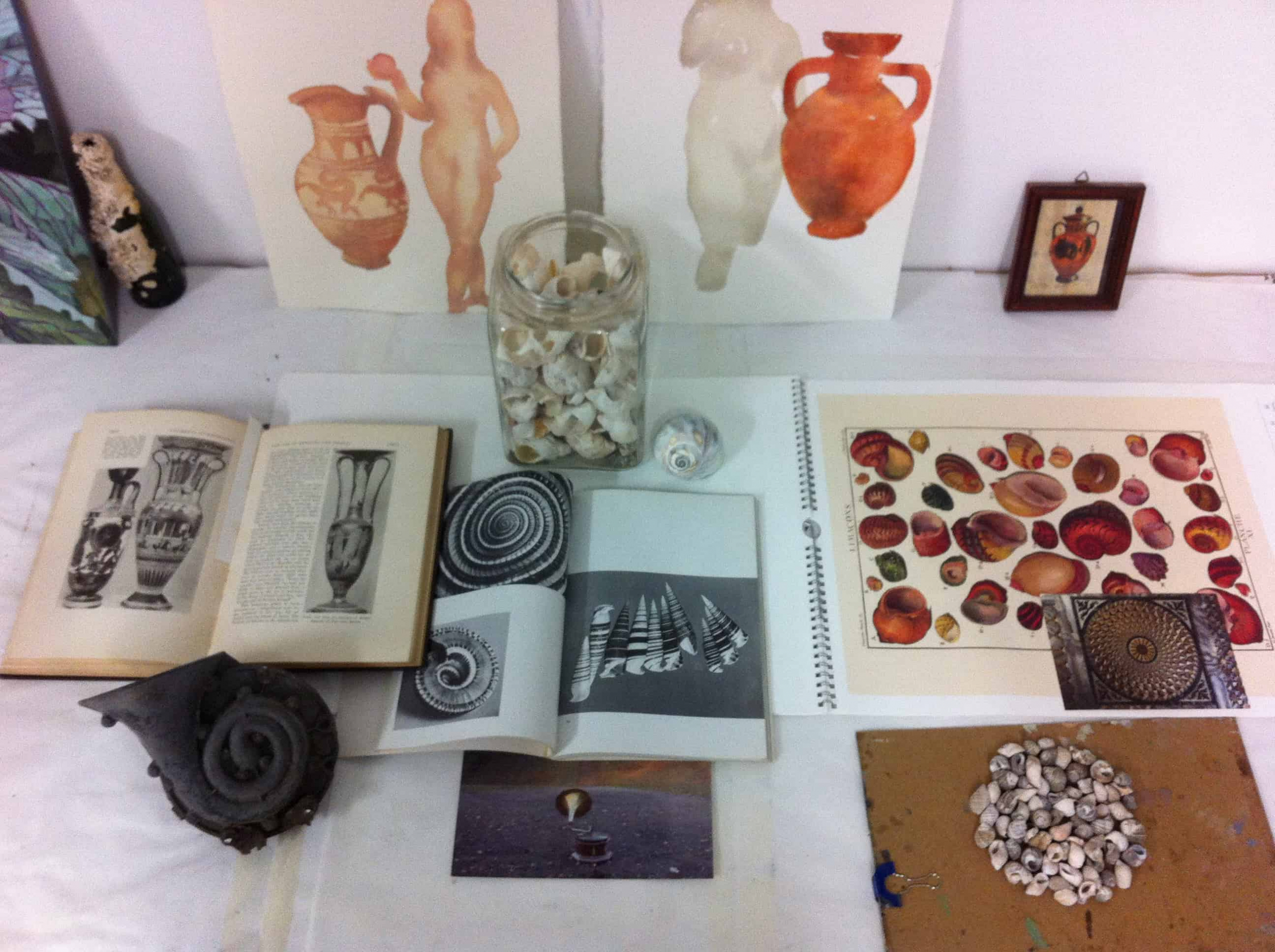Imagine an anatomy textbook without illustrations — the content would be much harder to understand. This holds true for many science textbooks, as illustrated diagrams play as large a role as the text. Though the arts and sciences may seem like very different fields of study, they can be more intertwined than you think.
Stephen Morris, Professor from the Department of Physics at the University of Toronto, alongside Lecturer Roberta Buiani have co-founded the Art-Sci Salon, an organization that aims to overcome the divide between art and science.
Monthly meetings bring together artists and scientists from various backgrounds to present their work through multiple platforms. Since 2010, a multitude of exhibitions have been showcased in Toronto and have exposed public spaces to the “cross-pollination across science, technology and the arts.”
After a successful exhibition last year, the Art-Sci Salon is set to launch The Cabinet Project, which will run from April 6 until May 15, 2017. Eleven empty and neglected cabinets across UTSG campus will be revitalized as art installations, featuring 13 local and international artists whose creations revolve around scientific objects from the University of Toronto Scientific Instrument Collection.
“The cabinets are intended, originally, to be a place where a passerby could look at the science that was going on in that department,” said Morris. “It’s no longer used in the way it was used in the past, which was to have physical demonstrations and objects to look at — and this is seen all over the campus, people don’t really put as much effort into these cabinets as they used to do.”
While the arts are thrust into the spotlight, the sciences are often hidden in the dark. The Cabinet Project intends to shine a light on the mysterious world of science by incorporating art into the scientific works and developments around campus.
“This is not commonly done, and for some silly, historical reason, we have a big opera house but we don’t have a big science house where the public goes to appreciate the science — it’s just not how it works,” mused Morris.
“Scientists tend to be sort of isolated from the public… It stands with some strange relationship to culture, and I would like to advance the idea that science and arts [are] both similar, in the sense that they are contributing to culture in a similar way,” he said.
Morris continued, “Just as the public can go and appreciate the culture produced by artists, they should be able to go and appreciate the culture produced by scientists. If you talk to artists and scientists, you can really tell that they’re driven by the same kind of motivations… They’re mostly interested in the fascination with nature and what the world allows.”
The hope is that using art to capture science will not only give new meaning to the unused cabinets, but also to individuals from both the arts and science communities.
“I think it’s because people are spending so much time working on what is online that they have neglected the real-life thing,” Morris added, in regards to the previously unused cabinets. “The idea is to reutilize these cabinets and give them to somebody who has a purpose for them, so the artists can have a display in front of that department, using things from that department, but also using their own artistic input.”
The revival of the cabinets serves to join together two worlds that seem vastly different on the surface. Similar core motives from both disciplines reveal that artists and scientists have more in common than they initially thought.
“There’s no essential difference between the botanists who collect the plants and the artists who paint them — they’re both interested in them for basically the same reasons and the products are very complementary,” said Morris. “An artist can appreciate a beautiful scientific result and a scientist can appreciate a beautiful artistic contribution.”


